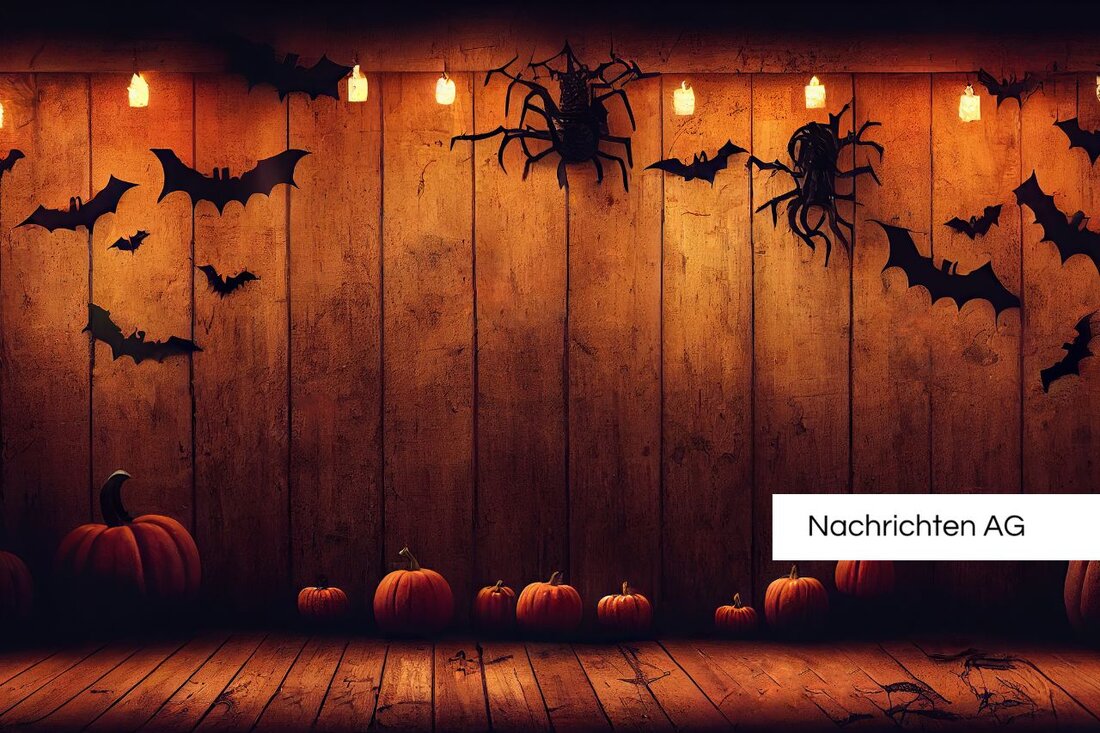The Ghosts of Bethany: Creative premonitions on Halloween evening!
Explore the mysterious atmosphere of Bethanien in Friedrichshain-Kreuzberg and its spooky ghost stories on October 31, 2025.

The Ghosts of Bethany: Creative premonitions on Halloween evening!
The culture and art center in the former hospital at Mariannenplatz, Bethanien, attracts numerous music students, artists and visitors during the day. In the evening, however, the building turns into an eerie place. The atmosphere is particularly noticeable in the dark when Stéphane Bauer is the last to leave the house. The exhibitions close at 8 p.m. and the music school at 10 p.m., after which the Bethanien remains deserted for the night, empty and silent, bringing back memories of the dark times during the pandemic when only individuals were allowed to work. During this time, the building was described as spooky by numerous fellows who reported inexplicable apparitions and mysterious voices, bringing the connection between artistic productivity and creative madness into focus. These experiences even led Stéphane Bauer to write a screenplay about the ghost stories of Bethanien in retirement.
The building, which closed as a hospital in 1970, has an eventful history. After its closure, it became an important part of Berlin's squatter scene and is now a place for cultural exchange thanks to a Senate scholarship program. This program enables artists from all over the world to reside in Bethanien and work on their projects. The historic architecture of the house blurs the boundaries between past and present, further influencing the creative process and encouraging visitors to explore the ghost stories on a special date such as October 31st. This is not just a Halloween evening, but a day when many want to experience the mystical aura of the place.
The Importance of 19th Century English Literature
Parallel to the events in Berlin, the literature of the 19th century illuminates fundamental aspects of society. The Kindler Compact volumes, especially those on English literature, present the most important authors of this time and offer a deep insight into the structural changes that this era went through. The literary scene ranged from Romanticism to Victorianism, with works by women like Jane Austen and men like Charles Dickens reflecting societal norms and often delving into the struggle for social justice. The series, edited by Dr. Vera Nünning and Dr. Ansgar Nünning, also addresses the challenges and conflicts that women faced in Victorian England and considers important social changes influenced by industrialization and evolutionary theory.
Social changes and cultural reflection
The political and social upheavals of the 19th century, as described in Friedrich Hebbel's poem “Our Time,” shaped the art and literary production of this era. The Industrial Revolution led to massive structural change, which was also reflected in literary and artistic forms of expression. The literary trends and the development of journal literature found expression in a field of tension between traditional and new principles, which led to a variety of aesthetic search movements.
Authors like Georg Büchner and Karl Philipp Moritz criticized the existing regulatory systems and called for a new form of literature. In this context, the importance of performative art and public events, such as men's choirs, where citizens gathered to exchange opinions and network with each other, becomes evident.
October 31st is therefore not only an occasion for celebration, but also for reflection on the ghosts of the past, both in Bethany and in the society shaped by the literary and artistic movements of the 19th century.

 Suche
Suche
 Mein Konto
Mein Konto
